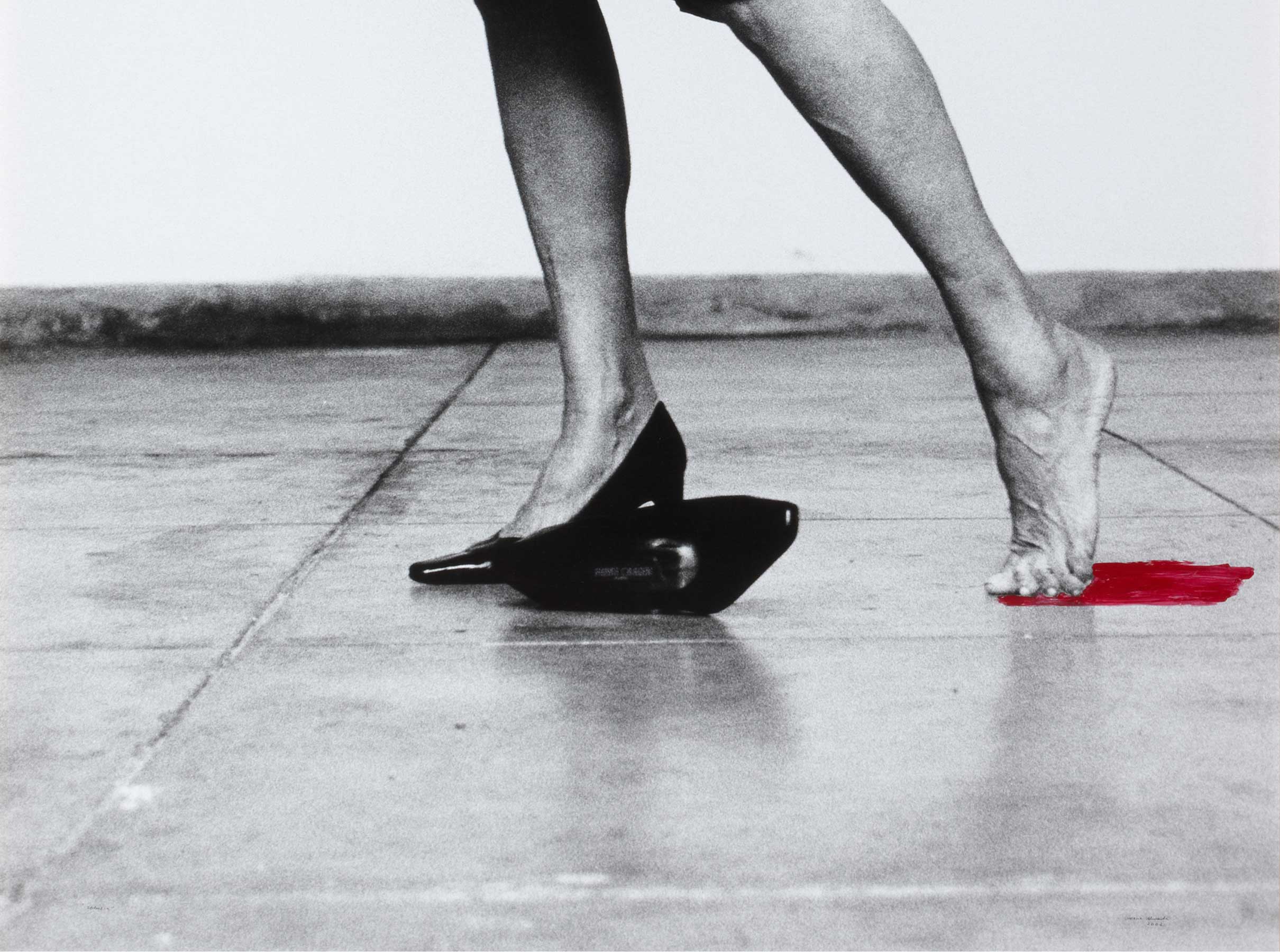Carrara #3
- 2016
- Pigment print on cotton paper
- 132 x 185 cm
- Edition 2/5
- Cat. F_193
- Acquired in 2017
Granada-born artist José Guerrero began his series Carrara after receiving a scholarship from the Spanish Academy in Rome in 2015, with a project entitled Sette Colli. For many years, he has addressed the themes of territory, geological profiling and anthropic alterations in series such as Desert (2006-2007), Andalusia (2011), After the Rainbow (2011) and Sierra Nevada (2014). The historic Carrara quarries, in northern Tuscany, are the source of the marble that the Romans called 'marmor lunensis'. The idea of revisiting the site arose initially out of Guerrero's interest in depicting some of the archaeological features of Rome and its endlessly overlapping layers of material culture. As Guerrero himself puts it, 'the main purpose of my residency at the Spanish Academy was to make a series of photomontages and photo collages that would incorporate the idea of the architectural and 'imaginary' stratigraphy of the city. I initially planned to name the resulting pieces after the seven hills, which — in our collective imagination and in many literary and historical sources — lie at the very heart of Roman mythology. In this, as in previous projects, I have worked on the icons and the specific character of the photographed site, trying to find a 'universal vision' Into which I can actively integrate references to other languages and artistic disciplines such as painting, sculpture, cinema, and especially architecture'.
In Carrara, Guerrero chooses not to dwell on the seductive archaeological literalness of the different strata of the city, turning instead to the source of the raw material. Carrara marble, in Western cultures at least, has long represented a distillation of power in stone. Throughout history, from antiquity, through the neo-classical and down to the present day, it has always been associated with a certain culture of luxury, with official religious and civic architecture and with an unbroken tradition of sculpture rooted in the Bronze Age and revived in the Renaissance. In the quarries, the hollows left behind by the rock, the shapes generated by the extraction processes, have created a sort of unintentional architecture that has its own extraordinary visual power. Those interior spaces (and we should remember that the great contribution of ancient Roman architecture was to develop the interior space) neatly roughed, polished and glittering like the palace halls of the underworld, still contain the evocative power lent by the historical connotations of the material itself. Thus, Guerrero reflects not only on the suggestive capacity of ancient constructions (or their negative image, in the case of this stone matrix), but also on the transformation of the territory, the mass exploitation of natural resources and its consequences — whether in the form of devastated landscapes or paradoxical, poetic images like the ones in this series. In 2017, a diptych made up of two of the photographs from Carrara earned José Guerrero the biennial Pilar Citoler International Photography Prize.
Other works by José Guerrero

